View/Download this article in PDF format.
Federal crop insurance is a highly taxpayer subsidized program that allows agricultural producers to shift their business risk onto taxpayers. Costing more than $11 billion in 2011, it is now the most expensive taxpayer support for agriculture, outstripping all other agriculture safety net programs. As important as its price tag, crop insurance is a shining example of a government program filled with costly inefficiencies that detract from the program’s goals and produce unintended consequences.
Founded on major subsidies to producers and insurance providers, and with its costs tied to near-record high priced commodities, federally subsidized crop insurance is quickly becoming too expensive and unwieldy. In 2011, net farm cash income is projected to be $109.8 billion, an increase of 18.9% from 2010 and the highest value recorded since 1974. With federal deficits projected as far as the eye can see, federal crop insurance must be reevaluated to ensure taxpayers are not unnecessarily bearing risk and adding to the nation’s $15 trillion debt.

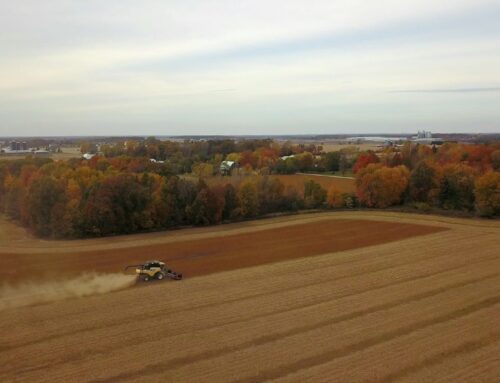
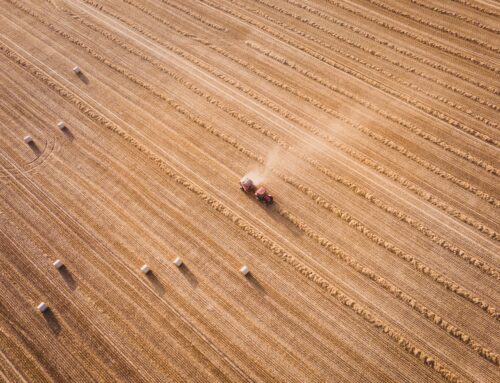

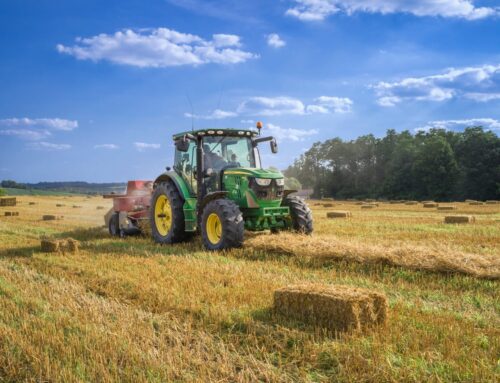
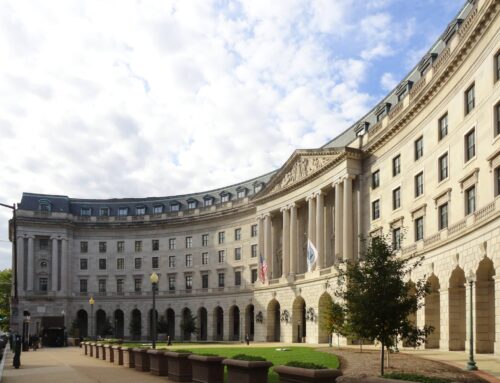




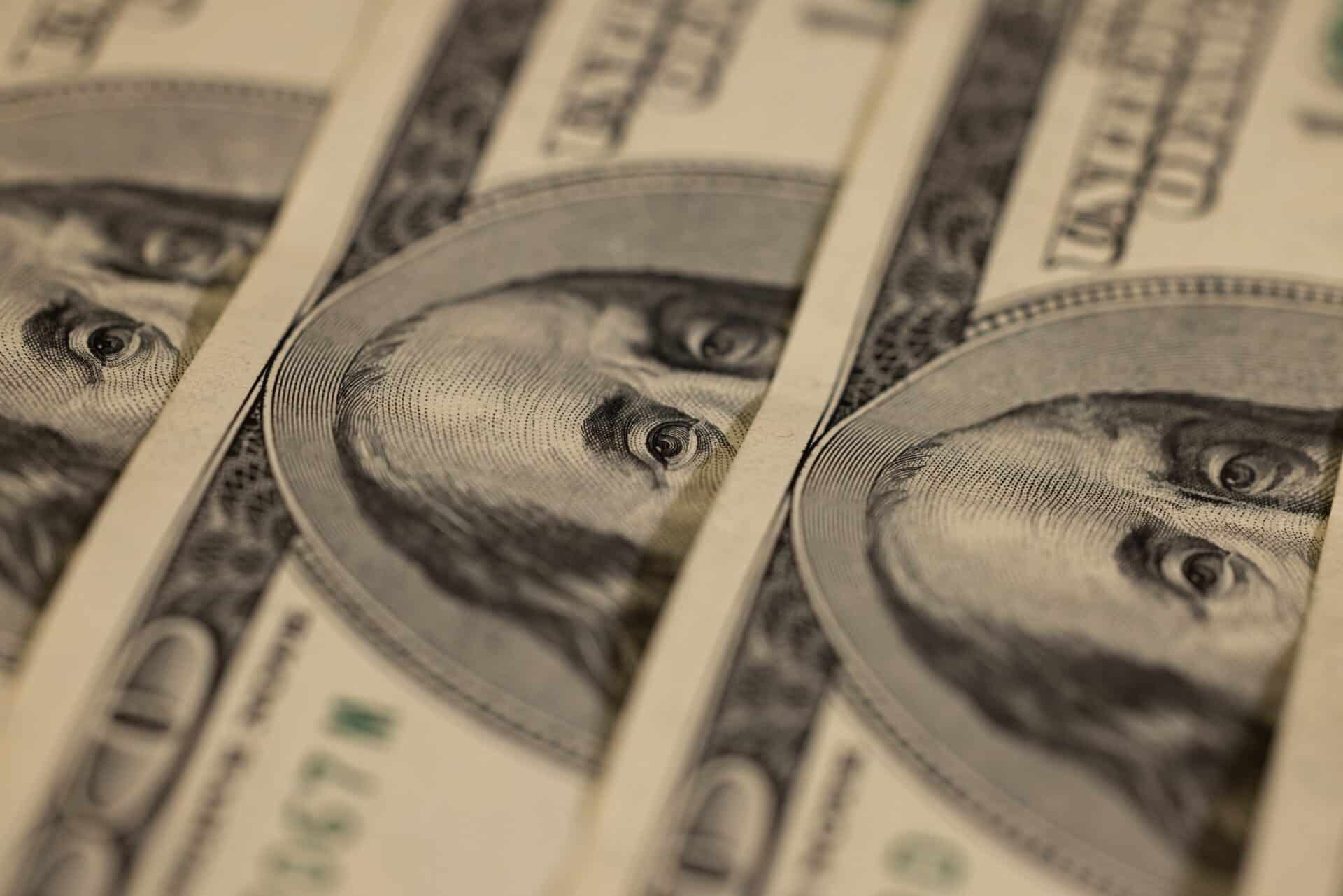
Get Social